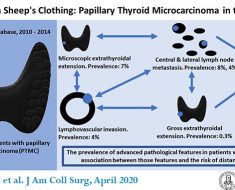For all its enormous promise in enabling a new set rules of the road – and indeed an easier onramp for broader nationwide interoperability – the Trusted Exchange Framework and Common Agreement is of course not the only mechanism for spurring more seamless data exchange across clinical and public health and other organizations.
We spoke recently with Craig Behm, chief executive officer of CRISP – the regional health information exchange serving Maryland, D.C., West Virginia – and its nonprofit IT support arm, CRISP Shared Services, which works with other far-flung state and local HIEs from Alaska to Connecticut.
Behm spoke about TEFCA, but also how HIEs and other regional health networks are contributing to the richness of the wider health data sharing ecosystem, and how they’ll fit in with similar initiatives going forward. He also discussed how provider organizations can better partner with information exchanges and networks to enable more robust interoperability, especially in the areas of public health and syndromic surveillance.
Like what you hear? Subscribe to the podcast on Apple Podcasts, Spotify or Google Play!
Talking points:
The structure and mission of CRISP and its CRISP Shared Services arm
Having applied to be a Qualified Health Information Network, the current status of CRISP Shared Services’ TEFCA participation
The opportunities TEFCA represents
And its limitations
Why more health systems need to work together as partners to advocate for improved information exchange and to modernize clinical and public health data.
More about this episode:
Roundup: New health information exchanges emerge, expand
Former ONC chief on TEFCA and the ‘dynamite’ of FHIR
Former ONC chief on TEFCA and the ‘dynamite’ of FHIR, part 2
WHO and HL7 collaborate on global interoperability adoption
Sequoia Project and AHIMA partner on new data usability initiative
Federal agencies offer updates on TEFCA, interoperability milestones
CSRI, eHealth Exchange partner up for TEFCA
eHealth Exchange, CRISP plan to join TEFCA as QHIN
Source: Read Full Article



